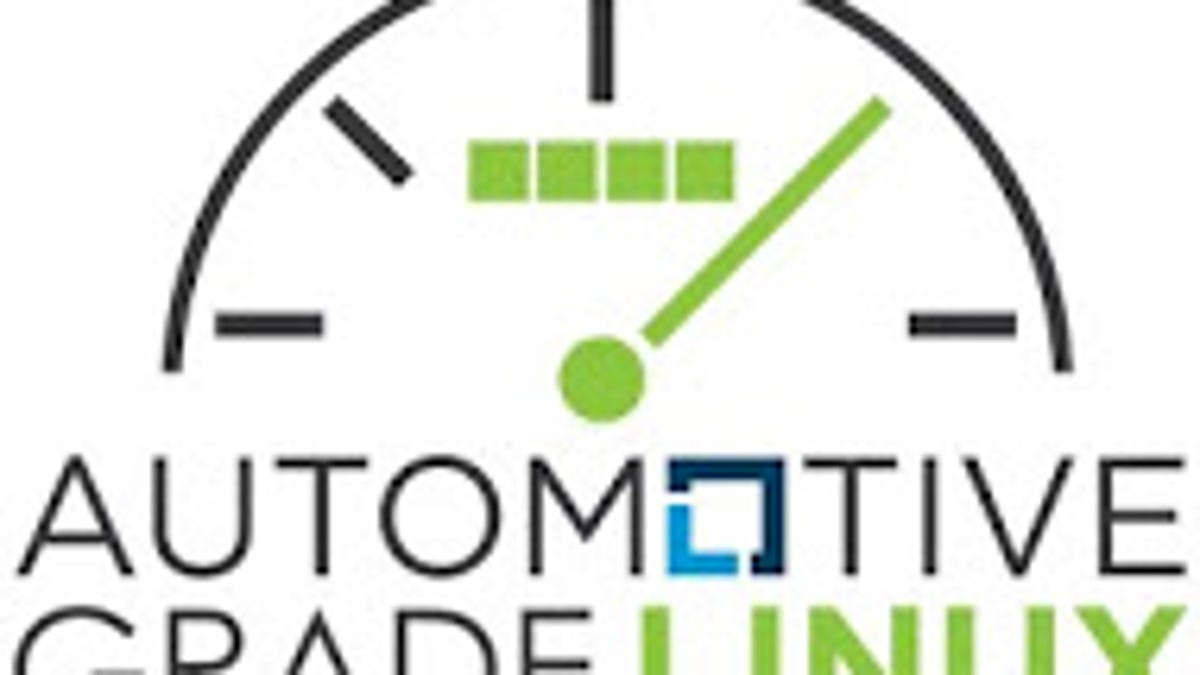Open-source Linux a step closer to automotive use
The Automotive Grade Linux project announced the release of its Unified Code Base 2.0, implementing support for audio stream routing, rear-seat entertainment and apps.

Although it may seem like Apple CarPlay and Android Auto are all the rage for dashboard infotainment systems, open-source Linux proponents haven't conceded the battle yet. The Automotive Grade Linux (AGL) project announced the release of its Unified Code Base 2.0, implementing new in-vehicle entertainment support desired by automakers and drivers.
The new code base adds support for audio routing, rear-seat entertainment systems and apps. It follows the version 1.0 release at CES earlier this year.
Automotive infotainment systems, which usually combine navigation, digital audio, hands-free phone calling and third-party apps, have been developed by automakers and equipment suppliers alike, leading to fragmentation and disparate interfaces unique to each brand of vehicle. AGL attempts to make a unified dashboard operating system, freeing automotive software engineers from individual platform development.
Dan Cauchy, General Manager for Automotive at The Linux Foundation, describes AGL's approach as the "80/20" rule, with AGL building 80 percent of the system and leaving engineers at automakers and equipment suppliers the 20 percent of development that makes the system unique to each brand.
AGL's partners include major automakers such as Toyota, Mazda, Honda, Nissan, Ford and Jaguar/Land Rover, along with equipment suppliers including Harman, Denso and Panasonic.
The new code base supports routing audio streams, so a hand-free call over a Bluetooth system can come in, and be sent to speakers aimed at the driver while a music source plays. Rear seat entertainment support includes the ability to stream video to rear seat display and allow playback control. App support is a major step for the system, allowing managed installation, control and updating for approved apps.
Cauchy expects automakers will begin adopting AGL for implementation at its version 3.0 release, set for January, 2017.
AGL says future release will include support for digital instrument clusters and autonomous driving systems.
The platform can also include support for Apple CarPlay and Android Auto.

